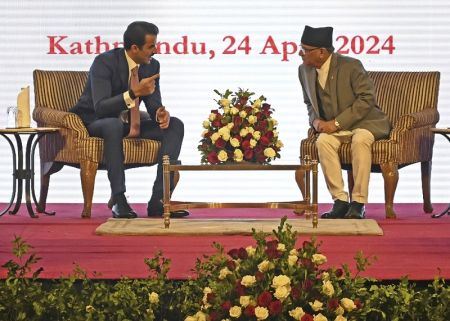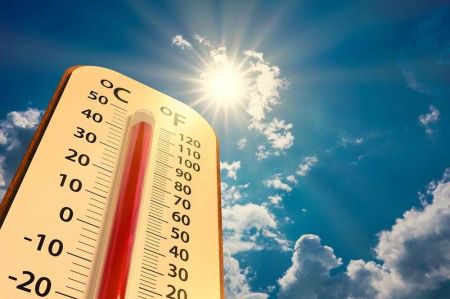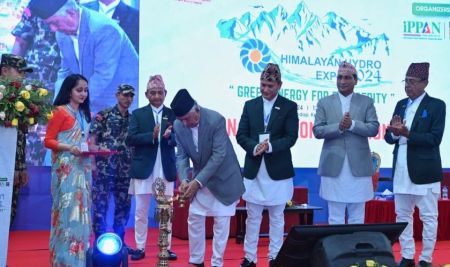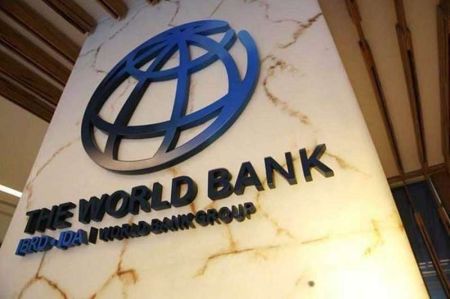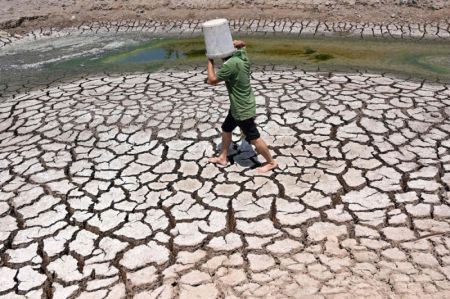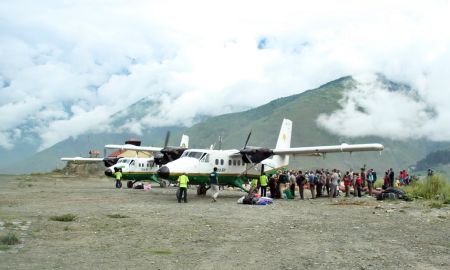.jpg)
--By AkhileshTripathi
Fiji and Nepal established diplomatic ties in June 1986. Though the two countries have enjoyed friendly relations ever since, diplomatic activities between them have been rather unhurried. Nepal’s ambassador to Australia works as the non-residential ambassador to Fiji while Fiji’s ambassador to India works as the non-residential ambassador to Nepal. There have been no official visits between the two countries so far (apart from those of the ambassadors) though the two countries have been meeting at international forums now and then.
 |
| ‘‘This is the beginning of a new era in Nepal- Fiji relationship.’’ Parash Shakya Fiji's Honorary Consul to Nepal |
Fiji’s current ambassador to India, Yogesh J Karan was appointed as the first Fijian Ambassador to Nepal in June 2013. Similarly, the current Nepali ambassador to Australia, Rudra Kumar Nepal was appointed the ambassador to Fiji as well on November 5, 2013.
Recently, the two countries came a step closer to consolidating the bilateral ties as Fiji opened a Consulate Office in Kathmandu and appointed an Honorary Consul on March 23, 2014. Fiji’s newly-appointed Honorary Consul to Nepal, Parash Shakya thinks this is the beginning of a new era in Nepal-Fiji relations. “Now, the Consulate will work to enhance the ties between Nepal and Fiji,” says Shakya.
Geographically, the two countries are vastly different. Nepal is landlocked; Fiji is water-locked. However, there are unique commonalities between the two countries. “Both are multicultural, multiethnic and multi religious nations,” says Ambassador Karan, “Besides this, the armies of both countries have been serving as UN peacekeepers in various countries.”
He also thinks that Fiji can be a destination for medical tourism for Nepalis as it offers world-class health services at much cheaper prices. Fiji can also be a destination for higher studies for Nepalis. In fact, a good number of Nepali students are already studying in Fiji.
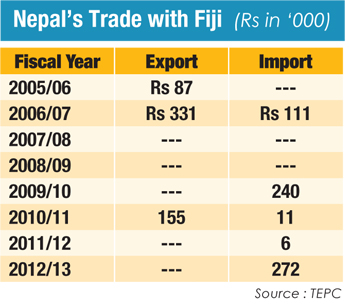 Trade Possibilities
Trade Possibilities Despite good possibilities, bilateral trade remains very low and irregular. In fact, business and trade possibilities between the two countries remain unexplored so far.According to officials at the Ministry of Foreign Affairs, Nepal and Fiji can reap benefits through cooperation in trade and investment, education and tourism sectors.
Nepal can learn from Fiji’s experience in tourism. Fiji which has a population of less than 900,000 attracts more than 700,000 tourists annually. Pointing at Fiji’s experience of relatively high growth of the tourism sector, Ambassador Karan says that Nepal and his country can work together on the tourism promotion front.
According to Karan, there are good opportunities for Nepali investors to invest in Fiji as the Fijian government has provided attractive incentives for investment. Karan also thinks that it’s high time Nepal and Fiji signed an agreement on Bilateral Development and Cooperation.
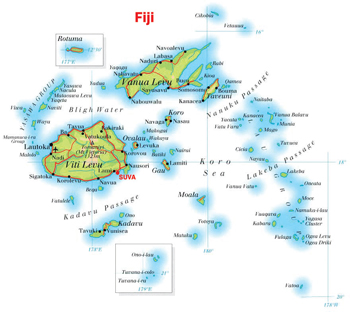 Fiji: Basic Facts
Fiji: Basic Facts Official Name: Republic of the Fiji
No. of islands: 332
Total Area: 18,270 sq km
Population (2013 est): 896,758
Capital: Suva (on VitiLevuisland)
Currency: Fijian Dollar
President: RatuEpeliNailatikau (Since 2009)
Prime Minister: JosaiaVoreqe Bainimarama (Since 2007)
Languages: English (official), Fijian, Hindustani
Ethnicity: Fijian (57.3%), Indian (37.6%), Rotuman (1.2%), others (3.9%)
Religions: Protestant (55.4%), Hindu (27.9%), Roman Catholic (9.1%), Muslim (6.3%)
Literacy Rate: 94% (2002)
GDP/PPP (2012 est): USD 4.307 billion
Per Capita Income (2012): USD 4,800
Major Industries: Tourism, Sugar, Clothing, Gold, Silver, small cottage industries
Natural Resources: Timber, Fish, Gold, Copper, Offshore Oil Potential, Hydropower
Exports (2012): USD991.6 million (Sugar, Garments, Gold, Timber, Fish, Molasses, Coconut Oil)
Imports (2012): USD 1.938 billion(Manufactured goods, machinery and transport equipment, petroleum products, food, chemicals
Nepali Community in Fiji
Very few people might be aware that there are Nepalis living in Fiji. The Nepali community in Fiji is descendants of indentured labourers brought in by the British colonial rulers of Fiji in and around the 1800s. The Nepalis came together with the Indian labourers from India under the indentured labour system. The Nepalis settled first in Suva, the capital of Fiji, and then moved around the island to Navua, another large town, and eventually to Kavanagasau, now home of the largest Nepali community on the islands.
Situated in the "Sand dunes of Singatoka", Kavanagasau is a place in Viti Levu with mist-shrouded hills and valleys, a landscape which appealed to the Nepalis for its similarity to the Himalayan foothills. Ironically, like much of the Nepalis´ home country, Kavanagasau is not favoured with large tracts of productive land. Here they lease farmland from the native Fijians and grow sugarcane and vegetables.
Far from their country of origin, the Fiji-born Nepalis hold on to their way of life. They celebrate Dashain, their biggest festival, with particular gusto. The Nepalis of Fiji tend to be clannish despite considerable intermarriage with women from the Indian community in the country. The fact is that there were no Nepali women in the early days; only men came as labourers.
The Nepali identity has nevertheless remained intact and traditional festivals continue to be observed. Nepalis have strictly segregated themselves from the native Fijians and feel a greater kinship for their counterparts in the Indian population. Lately, particularly among third generation immigrants, the distinction between Nepalis and Indians has begun to fade.







